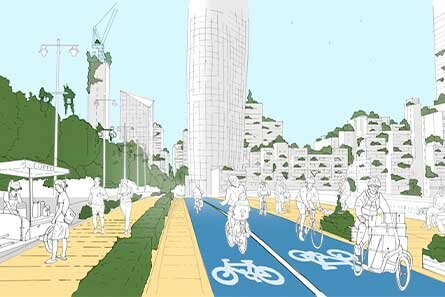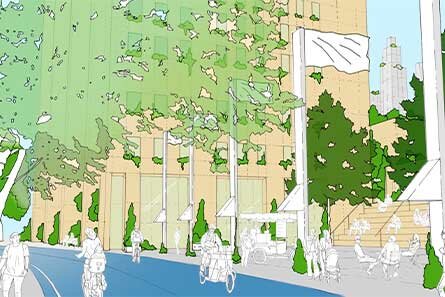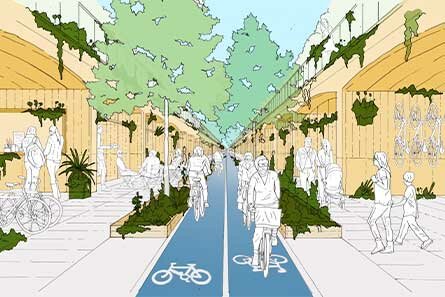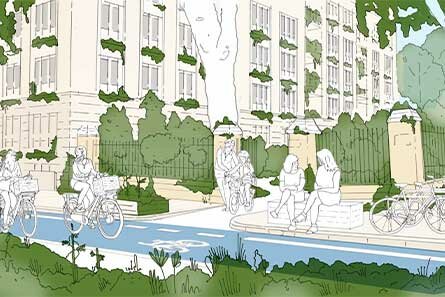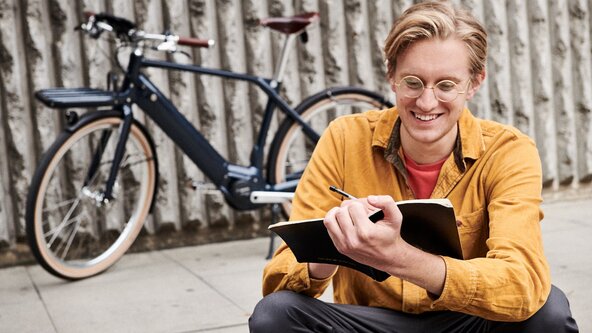
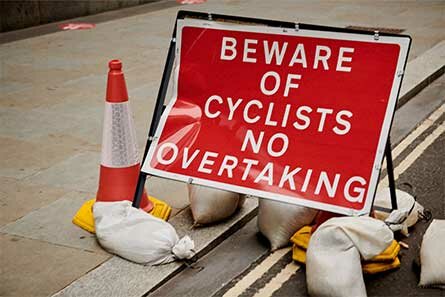
We are living in a time of constant change, transforming the remnants of the past through progressive solutions for the future. As one of the leaders that drive micro-mobility innovations globally, we are observing the developments closely and aim to shape the future of a more connected world. This journey from the past to the future, from technological inventions to ecological infrastructure and cultural habits, we actively create through our visions, passion and know-how. This story is about one of these journeys envisioned through the eye and visionary mind of designer Edward Crooks, inviting us on a cycle trip across London City. It is a story that pushes the boundaries of the existing with the goal to invite to #feeltheflow of change towards a more sustainable future.
It is for the visionaries, the curious minds of the modern cities, who want to create the world themselves and be inspired by those who do so already - we invite to #FeelTheFlow.

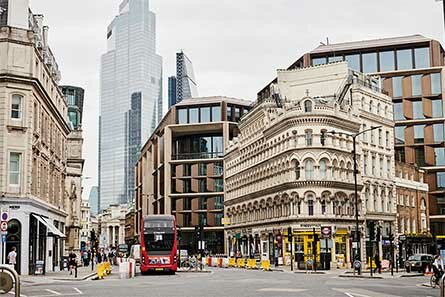
Edward Crooks is a designer, architect and artist, making installations, interiors, architecture and illustration to tell new stories in existing places. His works work aims to further the histories of constant change that make such places valuable. Based in East London, he works globally with a range of public institutions, with clients including the National Trust, RIBA, British Council and the Royal Academy. He held positions with Asif Khan, Bureau Spectacular (Chicago/LA) and Hawkins Brown, and has been guest critic at various institutions including the Royal College of Art, University of Wisconsin and the University of Westminster. We meet Ed downtown London to start our journey into the opportunities of future living & mobility concepts.
“As a designer I thrive on developing ideas that brighten the city, and bring people together in fun, sustainable ways.”

One of the epicentres of traffic: Downtown, bottleneck, crossroads, many cars next to cycle paths which often become very busy due to insufficient space for the rising number of cycles. Cycling in London has more than doubled since 2000. With Ed we show how Blackfriars Bridge could be envisioned with car lanes moving aside giving rise to cycle highways as well as spaces of recreation, relaxation and active lifestyles. Only 20% of young Londoners achieve the 60 minutes of physical activity each day. If everybody would enjoy cycling and walking in new urban (mobility) infrastructure, we could increase their activity required to support their healthy growth. We believe in the mental space calm can give as much as outdoor living that would come across the city with more focus on micro-mobility cycling infrastructure.
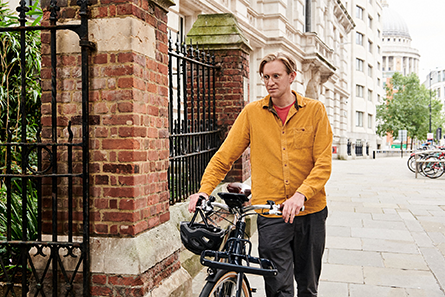
“Imagine a vision for a city designed around micro-mobility, embracing social and responsible development.”
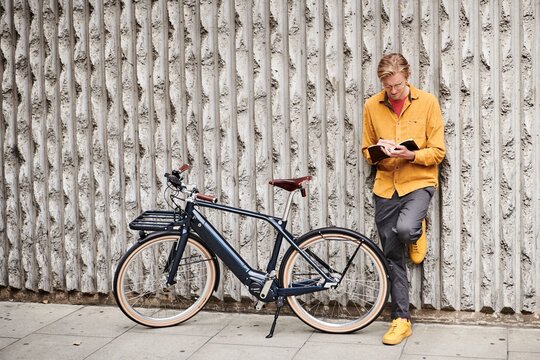
“Where space is becoming more dense, progress relies on imagination, listening and collaborating to advocate for new, fairer use of public space."
We all know these grey urban spots that have not been envisioned yet to their true potential. Shorter Street is exactly such a space. Just around the corner of the busy Financial District, grey urban areas like this could be developed as much greener space, relaxation through cycle lanes instead of unused car lanes and parkings. We see public squares transforming into cultural hubs to support social integration and equality & strength for local communities assisting the city of London with its Inclusion Strategy. There are many opportunities of change we see coming alive through Ed’s visions of great social responsibility in urban living.

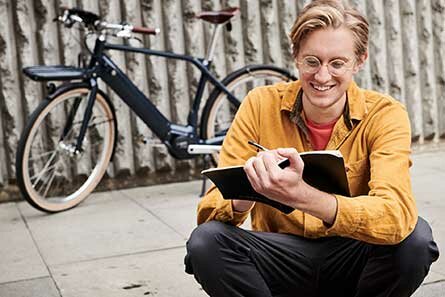
What a place to re-envision space! The massive London Wall Car Park in downtown London city. By visiting this dramatic long tunnel we dive underground envisioning the future of scarce space used in a sustainable way, promoted with micro-mobility solutions. We can imagine the sheer potential to re-create such invisible spaces that were built for the car city of the future and would like to add it to the list of the spaces possibly transforming within the city’s ambitious Transport Strategy for 2041. Have a look on Ed’s vision how sunlight will shed new life to this space, now giving birth to new areas of social encounter and living, built around the piece of the old Roman Wall excavated when it was once built.
“As we develop cities, I think we should aspire to more of these spaces, created for people and communities to appreciate calm & nature in the city.”
Less cars mean less emissions as we focus on the capability to breath better air quality what means eventually greener spaces and home to concepts such as gardening, playgrounds, relaxation and natural habitat for flora & fauna. Ed re-envisions this benefit through Postman’s Park history: It was here where the Royal Mail Postmen once met, leaning their trusty bikes against a lamp-post, taking a break, enjoying the calm of nature. We aim to re-envision this history enhanced through micro-mobility solutions, adding to the city’s green infrastructure plans highlighting the social & individual benefits of planning around nature.
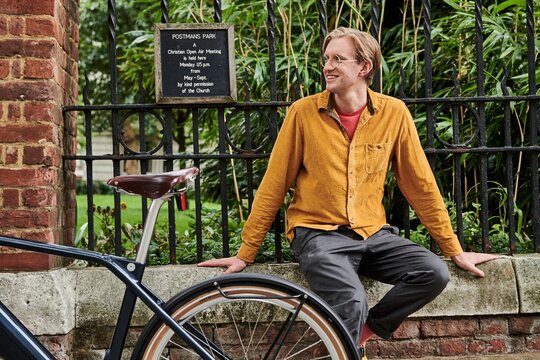
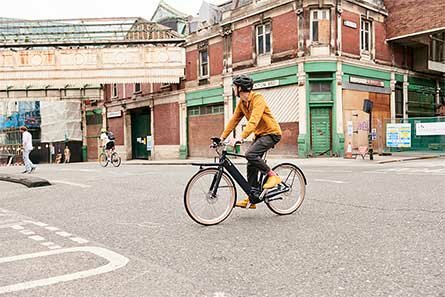
We end the journey at one of the most ambitious projects sites of the city: The iconic old market site is home to one of the city’s most prestigious modernisation projects, the Smithfield Campus with the new home for the Museum of London. A big chunk of old city is changing to an ambitious new cultural hub, from museums to gastronomy and space for dialogue between all ages and cultures. #feeltheflow of change does not stop here - today Ed’s journey was just the beginning.
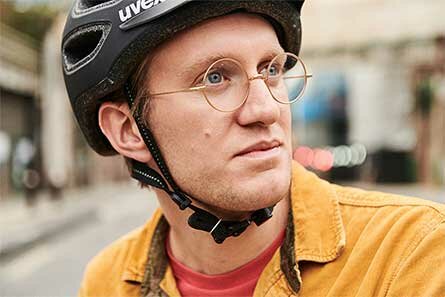
“As our world evolves we can be inspired to imagine a city where we can all take part, defining the flow of its future.”

